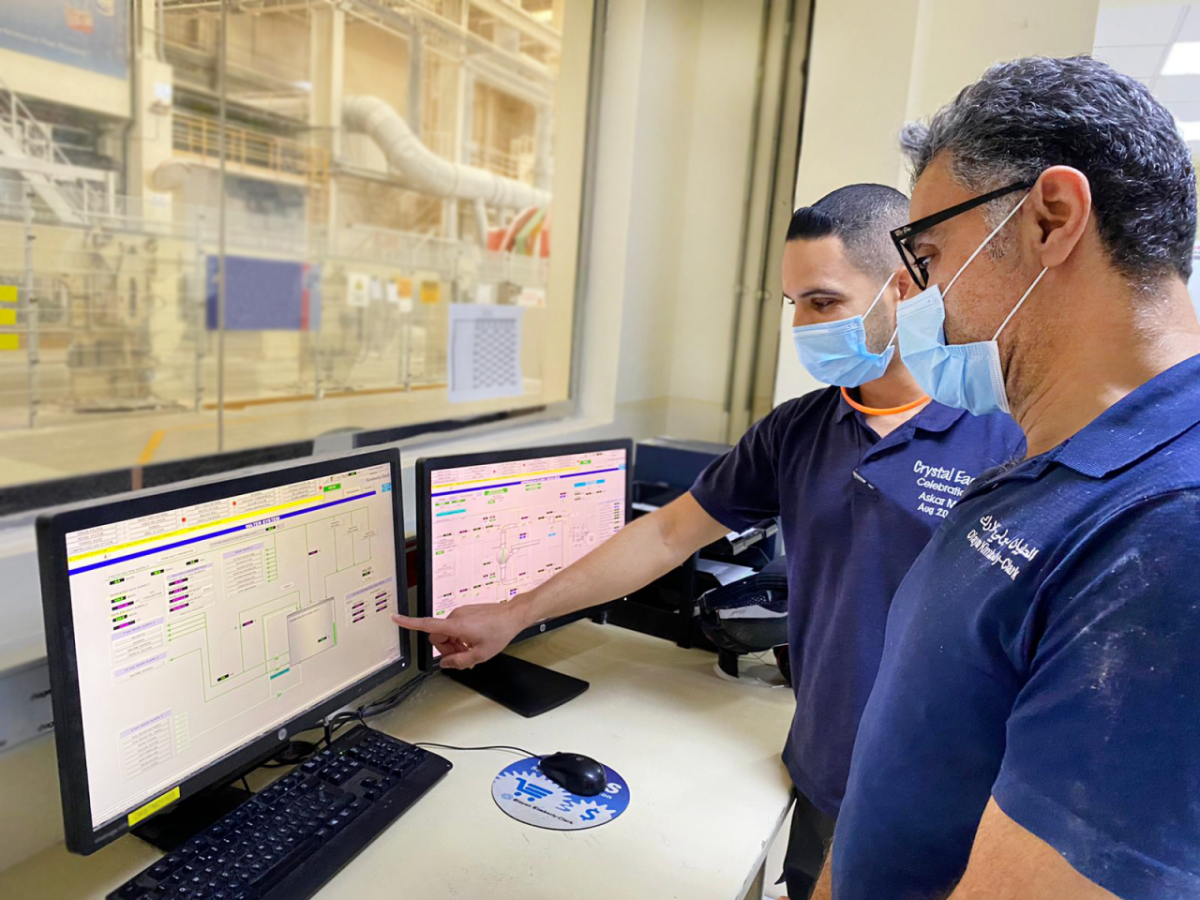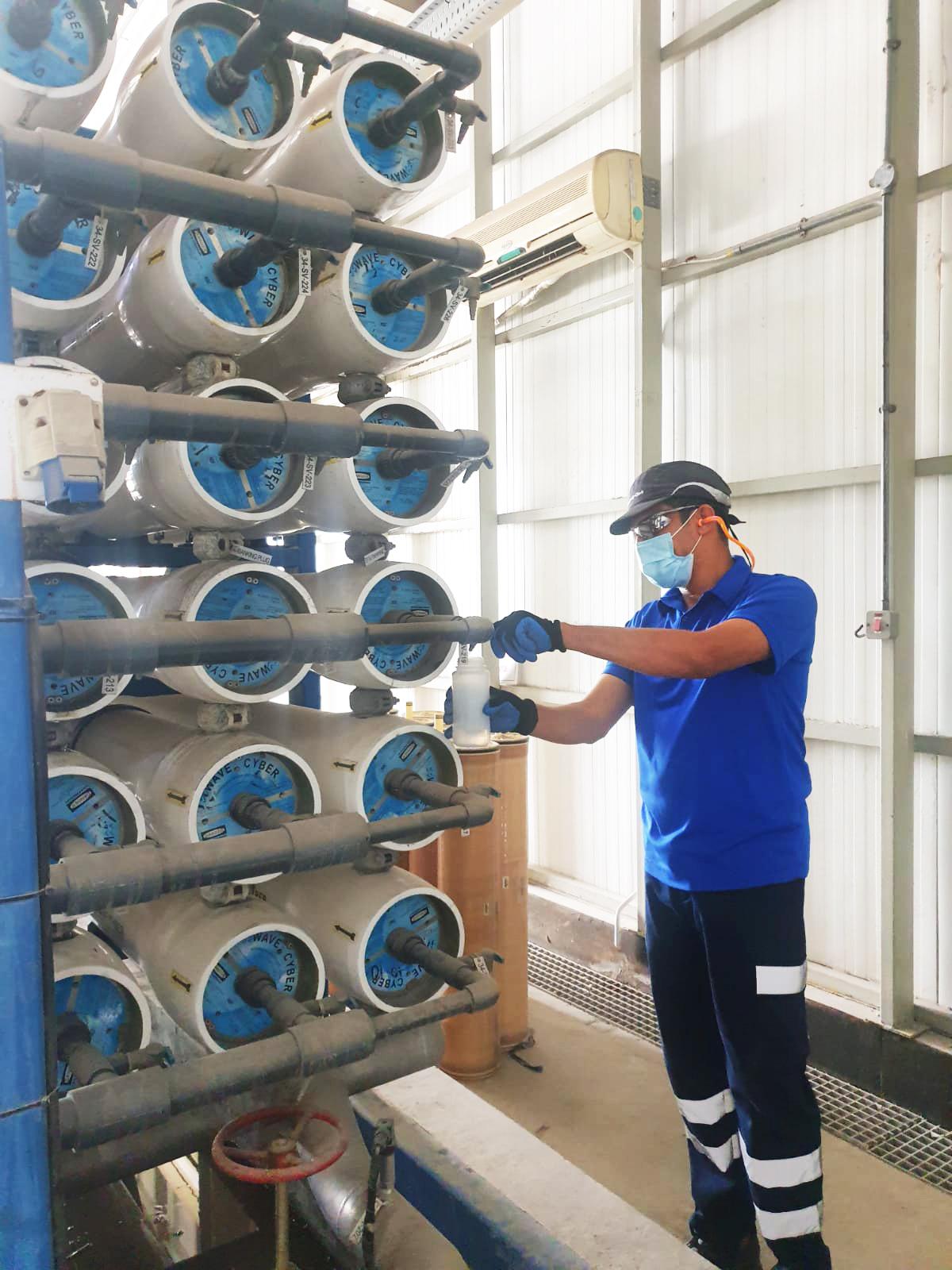Kimberly-Clark Drives Water Reduction at Its Most Water Stressed Facilities
The impact of water stress is felt across Kimberly-Clark’s value chain, from its fiber sources to its manufacturing facilities to the communities where its employees and consumers live and work.
The company’s Askar manufacturing facility in Bahrain is in one of the most water-stressed regions in the world. Empowered by Kimberly-Clark’s 2030 goal to reduce its water footprint by 50%, and driven by the increasing cost of water, the team at the facility was determined to figure out how to use every drop of fresh water, responsibly and efficiently.
“We wanted to minimize our impact on the planet and contribute to Kimberly-Clark’s sustainability goals by reducing our water consumption,” said Sergio Montanha, operations director for Kimberly-Clark’s Middle East and Africa business. “It was a new challenge for the team to focus on the mitigation of this risk by reducing the water consumption continuously.”
The Askar team collaborated with the regional team on a watershed analysis and conducted a best practices audit with other Kimberly-Clark facilities and the local government to identify opportunities. The team deployed a plan to monitor, measure, and react to leaks and consulted with technology providers to implement further water-saving solutions.
Askar employees were also engaged in the process through workshops and trainings to crowd source and implement ideas.
“As a facility we have the spirit of continuous improvement,” said Montanha. “We keep our team engaged in such strategic objectives by setting challenging targets and reaching out for guidance from our regional and global Subject Matter Experts.”
These efforts enabled the facility to reduce its water footprint by 44% over the last two years. The project drove meaningful impact both internally at Kimberly-Clark and throughout the surrounding community.
As an added benefit, optimizing the facility’s water allows for more efficient fiber usage. Montanha explained:
“The process is designed to have fiber carried by water through different stages of tissue manufacturing, so the more optimized we become in water, the more efficient we become in fiber usage and consumption.”
Askar has now posted the second greatest water reduction among all Kimberly-Clark manufacturing sites.
Kimberly-Clark announced last July its ambition to advance the well-being of 1 billion people in vulnerable and underserved communities around the world by 2030 while reducing its environmental footprint by half.
For more information about Kimberly-Clark's 2030 ambitions, visit kimberly-clark.com/esg.



